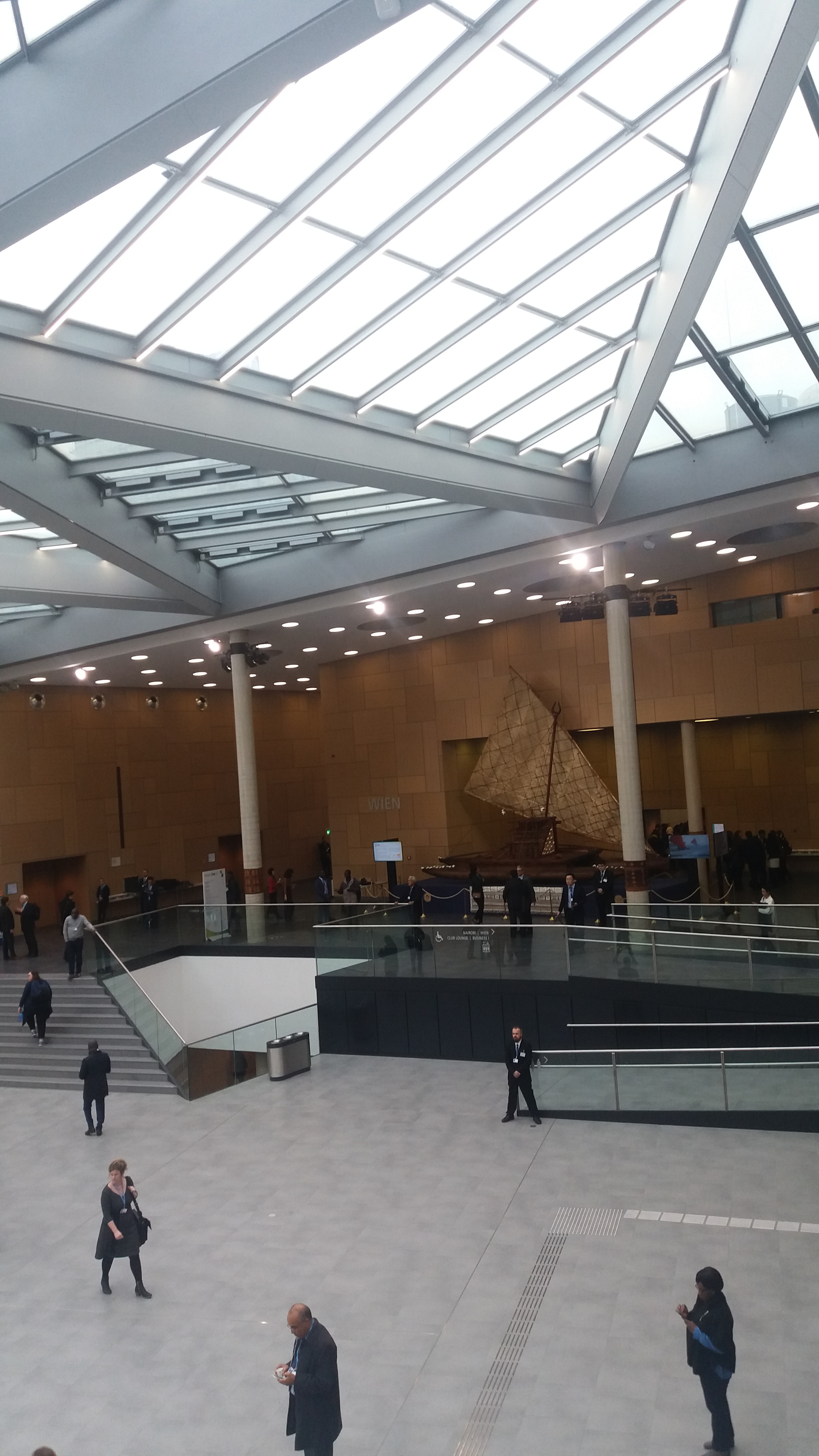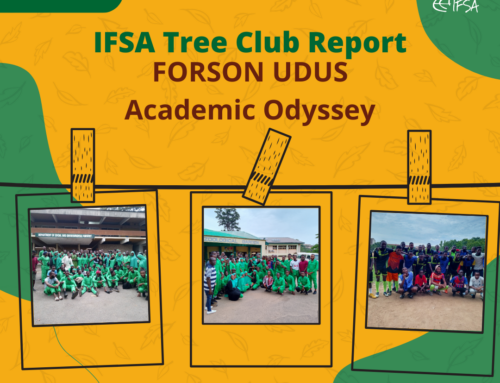The European Union organised an event today titled “The role of forests in the Paris Agreement – from the global to regional approach”. The presenters stressed the global importance of the land sector in relation to CO2 emissions and sink capacity, measures which can be highly variable across different landscapes. The explained that the northern regions of the globe are showing higher net sink capacity compared to the southern regions, which also release a greater amount of greenhouse gas emissions. Overall, the potential for the land sector to assist climate change mitigation is high, but there is also a significant level of uncertainty around the extent to which mitigation can be achieved.
During the event, Professor Jan Narbuurs (Wageningen University) presented several ‘Climate-Smart Forest’ (CSF) scenarios. CSF has been used as a regional approach for EU forest management. Forest ecosystems in European regions sequester 10% of the total EU CO2 emissions, present a high level of species diversity, and are managed using a variety of techniques. There are three fundamental pillars for a Climate-Smart Forest: increasing forest resilience, sustainable forestry production and management, and greenhouse gas reduction and removal. One of the key elements of the CSF approach is to report and explain what could happen at the local level if certain measures are applied and considered in diverse European forest areas.
Professor Narbuurs presented the case of the Czech Republic, where, in 2015, 2.57 M ha of spruce forest was threatened by drought and beetle attack. In this case study, the CSF scenario approach led to the decision to convert spruce forest to oak, beech and fir. The results showed a low sink-capacity of living biomass over the short-term, but a substantial increase in sink-capacity on a longer time scale. The final outcomes of this case study show that the CSF approach can assist in adaptation improvement, increase biodiversity, and result in production stability.
 In my opinion, CSF scenarios exhibit useful cases which would support adaptation and mitigation processes at the regional level. One challenge in implementing this approach is the development of effective communication strategies that consider a broad range of stakeholders (e.g. forestry owners, citizens, decision-makers, forest managers, technicians etc). The creation of an interface between scientific knowledge and local communities would provide the opportunity for dialogues in which previous case studies are discussed. This process would raise awareness and trust through the presentation of successful and applied examples of improved forest health and sustainable forest production.
In my opinion, CSF scenarios exhibit useful cases which would support adaptation and mitigation processes at the regional level. One challenge in implementing this approach is the development of effective communication strategies that consider a broad range of stakeholders (e.g. forestry owners, citizens, decision-makers, forest managers, technicians etc). The creation of an interface between scientific knowledge and local communities would provide the opportunity for dialogues in which previous case studies are discussed. This process would raise awareness and trust through the presentation of successful and applied examples of improved forest health and sustainable forest production.
 Silvia Abruscato is originally from Italy. She recently graduated in MSc Environmental Sciences at Copenhagen University. She is particularly driven by environmental management, policy making (wich a focus on the Natura 2000 framework) and stakeholders involvement. She loves horses and cooking italian food with friends.]]>
Silvia Abruscato is originally from Italy. She recently graduated in MSc Environmental Sciences at Copenhagen University. She is particularly driven by environmental management, policy making (wich a focus on the Natura 2000 framework) and stakeholders involvement. She loves horses and cooking italian food with friends.]]>




